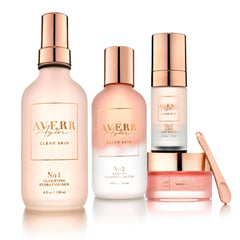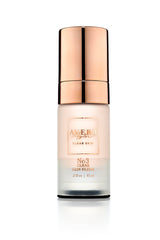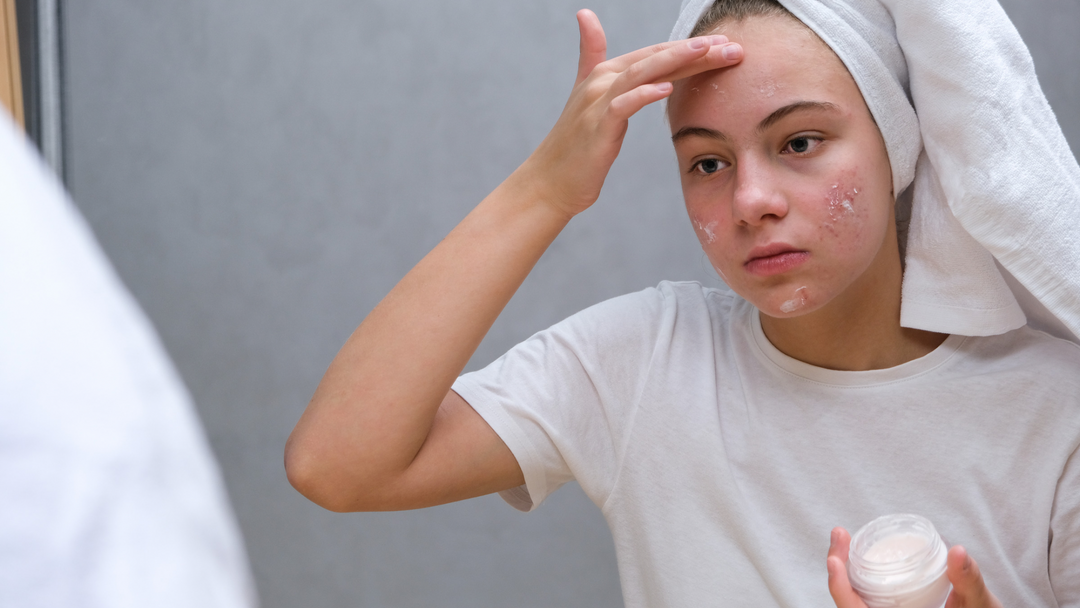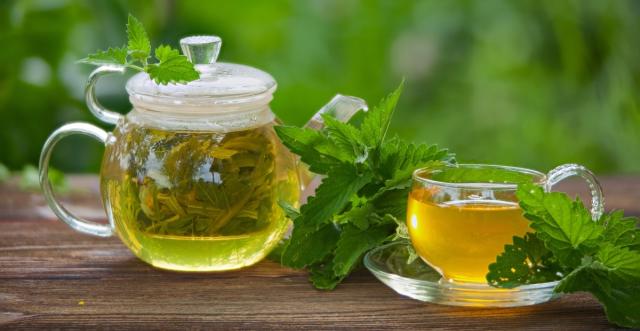What is Saw Palmetto?
Saw palmetto (Serenoa repens) is a small palm tree native to the southeastern United States, primarily in the coastal regions of the Gulf of Mexico and the Atlantic Ocean. It is also known as the American dwarf palm, Serenoa serrulata, and Sabal serrulata. Saw palmetto gets its name from the sharp, saw-toothed leaves that characterize this plant. It is known for its deep green, fan-shaped leaves and produces small berries that are dark purple-black when ripe.
Saw palmetto has a long history of traditional use by Native American tribes for various medicinal purposes. It is also a popular herbal remedy, and its ripe fruit, in the form of a dark purple-black berry, is used to create supplements and extracts.
Some of the key uses and benefits of saw palmetto include:
- Anti-Inflammatory Effects: The plant contains compounds with anti-inflammatory properties, which can be beneficial for various conditions related to inflammation.
- Antioxidant Properties: Saw palmetto berries are a source of antioxidants, which help protect cells from damage caused by free radicals.
- Hormonal Balance: Some women use saw palmetto to manage symptoms of polycystic ovary syndrome (PCOS) and hirsutism, conditions related to hormonal imbalances.
How Saw Palmetto help with acne
Saw palmetto fruit extract as a natural remedy for acne due to its potential impact on hormones, particularly androgens. Saw Palmetto helps balance oil production, but it also reduces irritation and promotes collagen production.
Here's how saw palmetto may be linked to acne management:
- Balancing Hormones: Acne, especially in adult women, can be linked to hormonal imbalances, like having too many androgens (male hormones) such as testosterone and dihydrotestosterone (DHT). Saw palmetto is thought to have properties that can help regulate hormone levels by reducing the conversion of testosterone into DHT. Lower DHT levels may mean less skin oil (sebum) production, which can contribute to acne.
- Less Skin Oil: Excess sebum (skin oil) production is a major cause of acne because it can block pores and lead to pimple formation. Saw palmetto might indirectly help prevent acne by potentially reducing sebum production.
- Anti-Inflammatory: Saw palmetto also has anti-inflammatory qualities, which can be helpful for people with inflammatory acne. Inflammation is a big part of acne, and lowering it might ease redness, swelling, and discomfort linked to breakouts.















